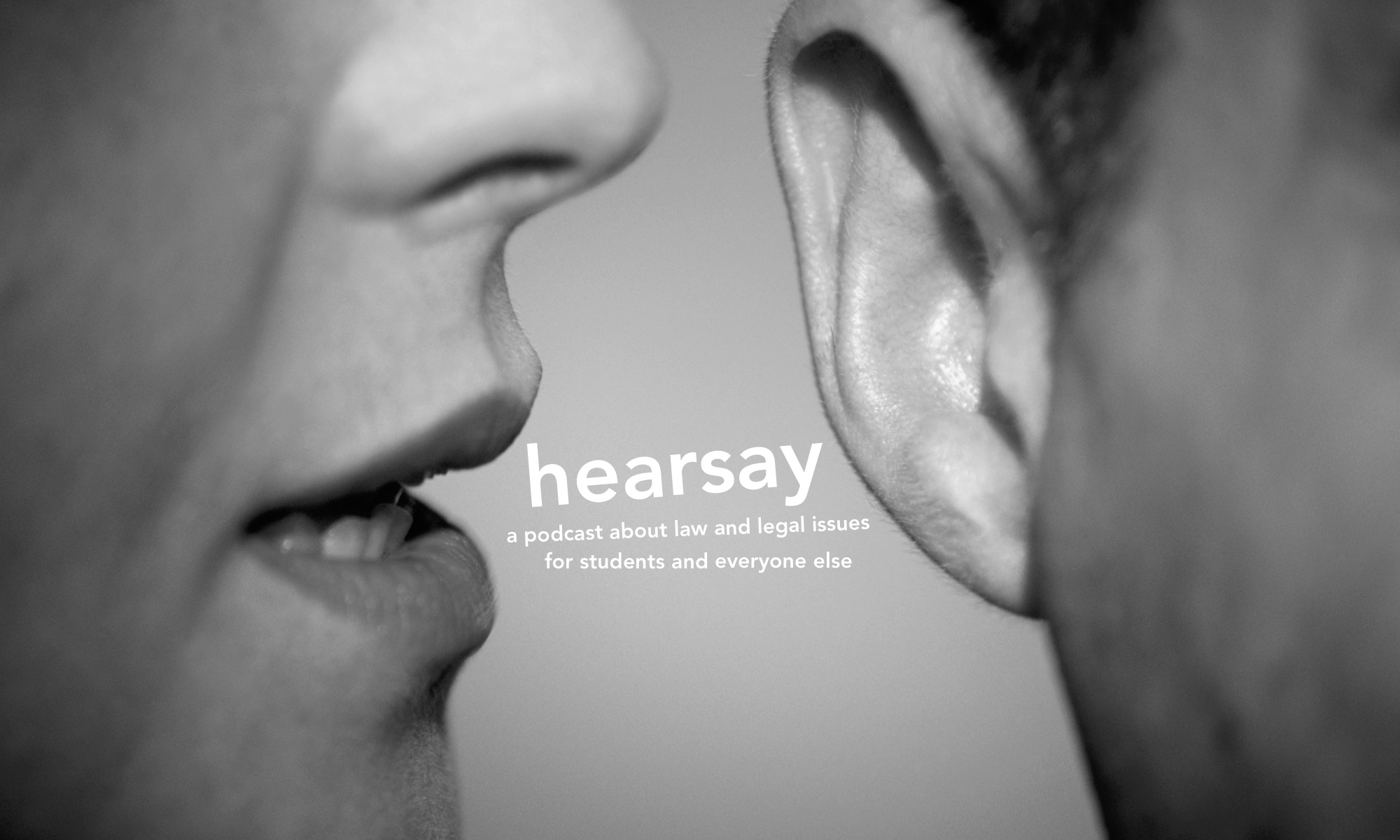As students begin their course selections for next year, the debate over the employment prospects of law graduates has resurfaced. With 19 universities opening new law schools over the last twenty-five years, the question of whether there are too many graduates for the available jobs has been an ongoing issue.
This year’s round of the debate was opened by Frank Carrigan, a senior lecturer at Macquarie University, who complained that “Law student numbers are out of hand”, and it is leading to an oversupply of graduates who can’t find work. “Thousands of students are undertaking a degree that will result in broken dreams.”
In a column for the Australian Financial Review, he wrote: “Nearly 15,000 finish their degree each year, and enter a market where there are only 66,000 solicitors. These graduate numbers far transcend the growth in the legal market. … Law deans are running a bait and switch operation. They hold out the promise of a legal career, while adding to the unemployment queue.”
Responding in the same newspaper, the Dean of the University of Melbourne Law School, Professor Carolyn Evans, rejected this criticism. She cited statistics from Graduate Careers Australia to argue that law graduates have strong prospects for employment and higher wages than many other fields:
- “around 74 per cent of those who graduated from law school four months earlier and were available for employment were in fact employed. The national average for graduate employment is a bit under 69 per cent”;
- “those with Bachelors degrees in Maths had an employment rate of 62 per cent, chemistry graduates a rate of 50 per cent and physics graduates a rate of 54 per cent”; and
- “the average starting salary for law graduates is above the average salary for graduates of all degrees and in the top ten degrees by salary for recent graduates.”
However, it is important to note that many of these graduates are not working in the legal profession. Professor Evans says she speaks to graduates whose careers are “in business, the arts, policy, diplomacy and consultancy” — but she says the skills offered by a law degree made these careers possible.
The Legal Nomads website regularly publishes profiles of law graduates working in very diverse fields, from journalism and tax advice to curry evangelism and LEGO art. Universities are supporting this flexibility by offering double degrees in unusal combinations such as Law and Creative Writing.
Even within the legal profession, career opportunities and pathways are changing. The AFR reports that relatively young “millennial” lawyers are developing niche expertise and opening their own legal practices.
